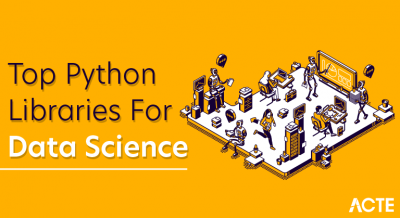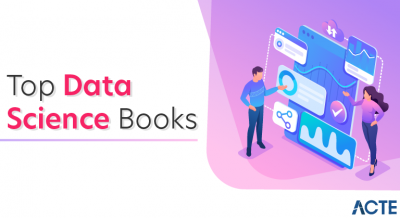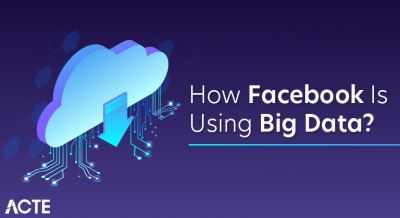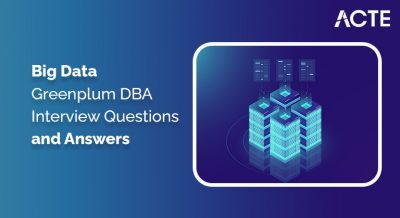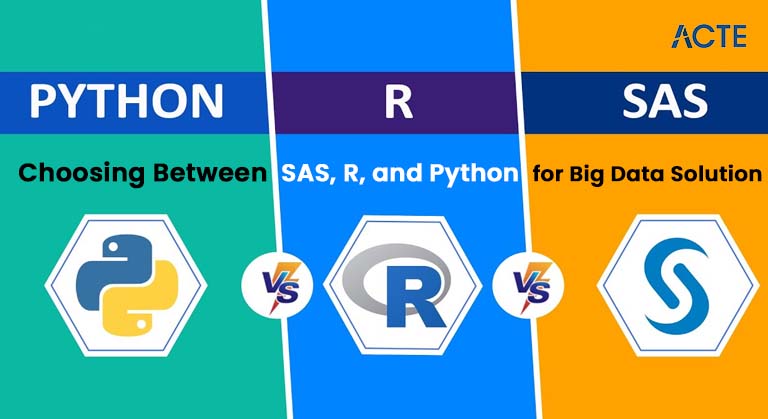
- Introduction to SAS, R, and Python
- Overview of Big Data Solutions
- SAS Features and Use Cases
- Performance Comparison
- Ease of Learning and Use
- Data Handling and Analysis Capabilities
- Integration and Compatibility
- Case Studies and Examples
- Recommendations and Conclusion
Introduction to SAS, R, and Python
SAS, R, and Python are the most widely used big data analytics and data science programming languages. Each language offers unique strengths, catering to different use cases and industries. SAS (Statistical Analysis System) is a commercial software suite known for its reliability in business analytics and data management. R, an open-source language, is popular among statisticians and data scientists for its robust statistical analysis and visualization capabilities. Data Science Course Training , a general-purpose programming language, has gained immense popularity for its flexibility, ease of use, and extensive big data and machine learning libraries. Understanding the differences and applications of these tools is essential for choosing the right one for specific data-driven tasks.
Overview of Big Data Solutions
Significant data solutions process, analyze, and extract insights from massive datasets. With the rise of cloud computing, IoT, and AI, big data solutions have become essential for business decision-making, predictive analytics, and automation. SAS, R, and Python significantly build and implement these solutions. SAS Feature offers enterprise-level significant data capabilities with built-in analytics Emerging Tech in Civil to Software SEngineering. R provides extensive statistical modeling tools, while Python offers flexible libraries like Pandas, NumPy, and PySpark, making it a preferred language for data manipulation, machine learning, and big data processing.
Unlock your potential in Data Science with this Data Science Online Course .
SAS – Features and Use Cases
- SAS is a commercial data analytics tool known for its stability and reliability in large-scale enterprise environments. It offers robust data handling, advanced analytics, and reporting capabilities. SAS excels in data management, predictive modeling, and business intelligence.
- It is widely used in finance, healthcare, and government industries for fraud detection, risk management, and customer segmentation. Its GUI interface makes it user-friendly for non-programmers, while Chat Gpt vs Google bard advanced analytics and machine-learning capabilities make it a reliable choice for prominent data manipulation professionals.
- R is an open-source language primarily used for statistical computing, data visualization, and analysis. It is powerful in data exploration, statistical modeling, and hypothesis testing.
- R’s CRAN repository offers thousands of libraries for specialized data analysis. It is widely used in academia, research, and healthcare for clinical trials, bioinformatics, and statistical modeling.
- Its flexibility and data visualization capabilities, through libraries like ggplot2 and Shiny, make it ideal for creating interactive and complex visualizations.
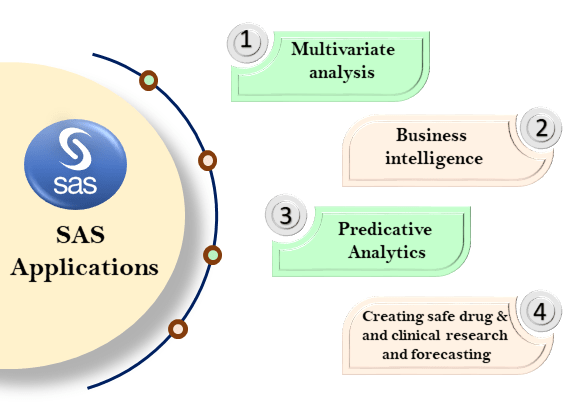
Python – Benefits and Applications
Python is a versatile, open-source programming language widely used for data analysis, machine learning, and big data processing. Large Language Models extensive libraries, such as Pandas, NumPy, Matplotlib, and Scikit-Learn, make it highly effective for data manipulation, analysis, and machine learning tasks. Python’s easy syntax and scalability suit beginners and advanced data scientists. It is extensively used in tech companies, finance, e-commerce, and startups for predictive modeling, automation, and AI applications. Its compatibility with big data frameworks like Apache Spark and Hadoop makes it a preferred choice for handling massive datasets.
Learn how to manage and deploy cloud services by joining this Data Science Online Course today.
Performance Comparison
Regarding performance, SAS Feature offers stability and speed for processing large datasets but may be slower for advanced machine learning tasks than Python. R performs well for statistical computations and visualization but may struggle with large data manipulation due to memory Mastering Chat Gpt Prompts for Better Results. However, thanks to libraries like Dask and PySpark, Python is highly scalable and efficient for handling big data. Due to its parallel processing capabilities, Python offers better performance for high-performance computing and big data processing.
Ease of Learning and Use
SAS is considered easier for non-programmers due to its GUI-based interface, which reduces the need for extensive coding. However, it requires licensing fees and lacks the flexibility of open-source languages. R, while powerful, has a steeper learning curve, especially for users unfamiliar with statistical programming. With its simple syntax and readability, Data Science Course Training is considered the easiest to learn, making it ideal for beginners and experienced programmers. Its extensive community support and online resources also make it more accessible.
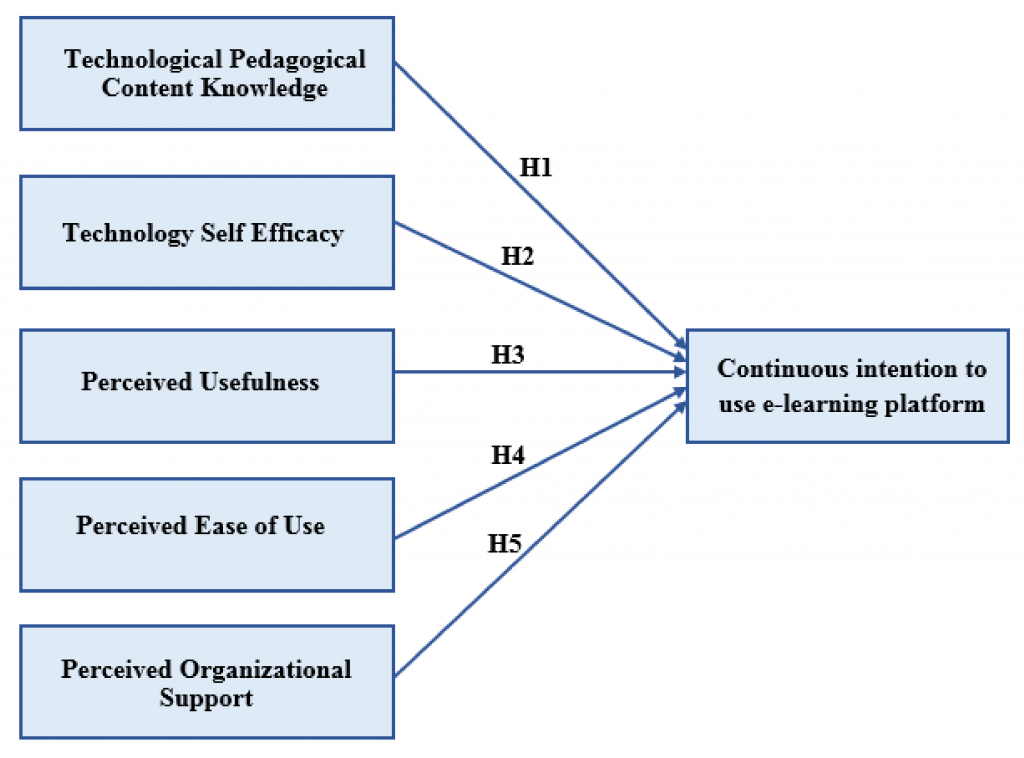
Data Handling and Analysis Capabilities
All three languages offer data handling and analysis features but have different strengths. SAS excels in data cleansing, aggregation, and reporting for enterprise use cases. R is superior for complex statistical analysis and data visualization, while Python offers the best balance of data manipulation, analysis, and machine learning capabilities. Python’s data science libraries provide better performance and flexibility for large-scale data processing than R and SAS Feature.
Looking to master Data Science? Sign up for ACTE’s Data Science Master Program Training Course and begin your journey today!
Integration and Compatibility
- SAS offers enterprise-level integration with databases, ERP systems, and cloud platforms. However, its proprietary nature limits its Supervised Learning Workflow and Algorithms. R integrates well with statistical and scientific tools, making it ideal for academic research.
- Python excels in integration with big data frameworks, APIs, and cloud platforms, making it more suitable for end-to-end data science projects. Its compatibility with Apache Spark, Hadoop, and TensorFlow makes it highly adaptable for big data processing and AI solutions.
- SAS remains popular in large corporations and financial institutions due to its stability and built-in support. However, due to its versatility and open-source nature, Python is the most widely used language in the data science community.
- R is still preferred in academic and statistical research fields but has a smaller market share in industry settings. Python’s growing ecosystem, flexibility, and scalability make it the most in-demand language for data science and big data analytics.
Boost your chances in Data Science interviews by checking out our blog on Data Science Interview Questions and Answers!
Case Studies and Examples
- SAS: A significant financial institution uses SAS for risk management by analyzing large volumes of customer data to detect fraudulent transactions.
- R: A healthcare company uses R for clinical trial MIS Reports in Excel, processing large datasets to identify patterns and trends in patient outcomes.
- Python: An e-commerce giant uses for customer segmentation and recommendation systems, leveraging big data and machine learning algorithms to improve sales and customer retention.
Recommendations and Conclusion
Choosing between SAS, R, and Python depends on the use case, industry, and requirements. SAS is ideal for large enterprises seeking a reliable, GUI-based tool for big data management and business intelligence. R is best suited for statistical analysis and academic research, offering advanced data visualization capabilities. Python is the most versatile, scalable, and widely used Data Science Course Training , making it the preferred choice for big data, machine learning, and data science projects. Learning Python offers the most career opportunities for beginners and professionals due to its versatility, scalability, and industry demand. However, SAS is still valuable in finance and healthcare, while R remains relevant for statistical analysis.


